When it comes to inventory management, there’s good news and there’s bad news for many businesses. The bad news? Inventory management can be a daunting task, which is why companies often avoid re-evaluating their processes.
Here’s the good news: If your business has inventory of any kind, you’re likely sitting on a major opportunity for business growth. Specifically, you can leverage a better inventory management system to streamline your processes, save time and money, and make the most of your storage spaces.
While it may be tempting to follow a status-quo approach, your inventory management system can actually make or break your business — implementing an effective and efficient system can be a hidden key to success.
Read on to learn why inventory management systems matter — and how you can use the right system to help your business be more efficient and profitable.
What is inventory management — and why does it matter?
Put simply, inventory management is a systematic approach to sourcing, storing, and selling inventory.
Inventory management, however, is more than just a straightforward tally of stock.
A well-managed inventory system lets your business make the most of its storage spaces, better serve customers by having the stock that they want (when they want it), and save money by reducing costs and losses due to spoilage and theft.
Conversely, without an effective system of inventory management, businesses inadvertently hold on to inventory longer than needed, which is expensive and can be a potential liability.
Effective inventory management can be a useful tool, providing insight into key aspects of your business, including:
- Your financial standing
- Customer behavior
- Product and business opportunities
- Future trends
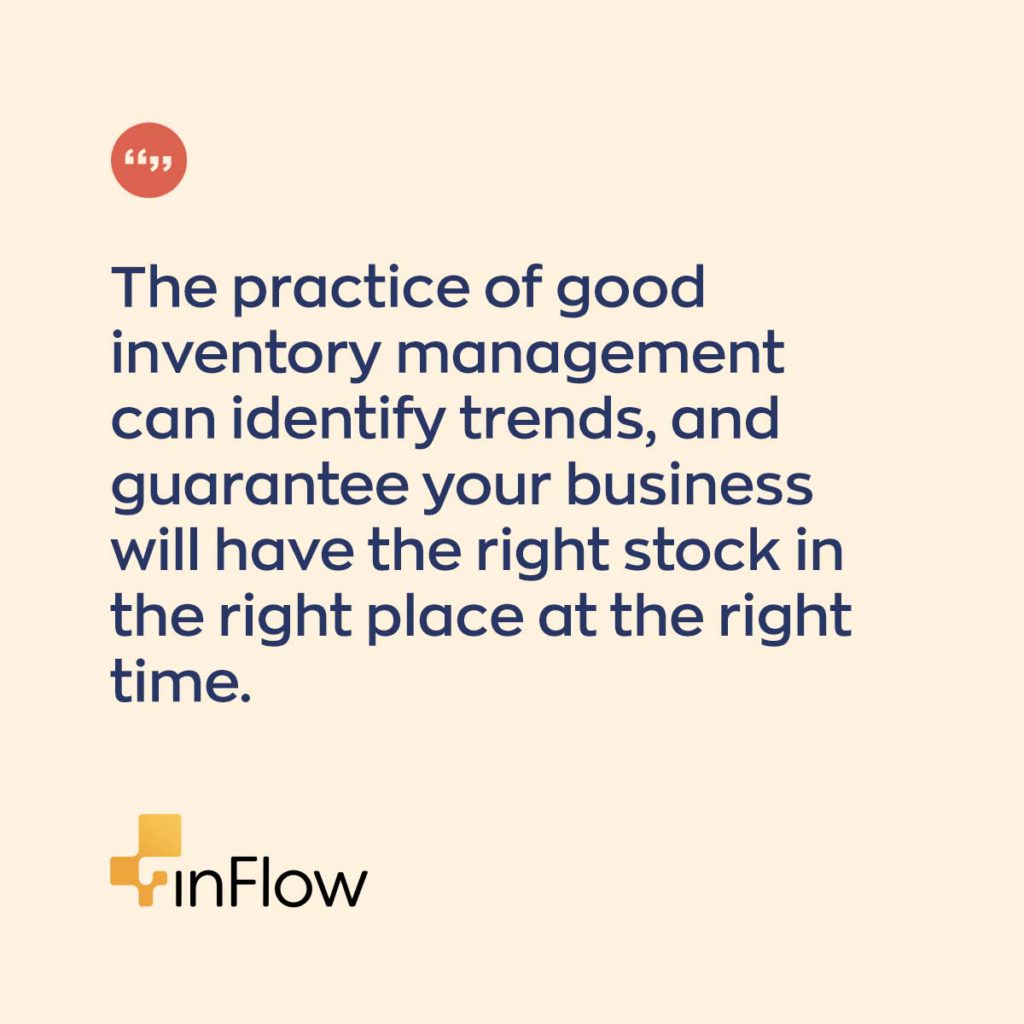
The impact of inventory in retail: Kmart vs. Walmart
To show the power of inventory management systems on business success, let’s turn to the striking example of Kmart and Walmart during their price war in the 1990s.
In the late ‘90s, Walmart implemented a new inventory management system that allowed them to restock their shelves more efficiently.
Their aptly named “just-in-time inventory” system cut down on excess inventory, which freed up cash that could then be invested into business growth. Additionally, this more-efficient system provided better insight into customer needs — which made it possible for the company to offer more of the products that customers wanted at a lower cost and a lower price for customers. Pertaining to costs, the increased efficiency of just-in-time inventory created a win-win situation for the company and for customers.
Alternatively, during the same time period, Kmart stuck with their traditional inventory management process.
The results speak for themselves: Between 1998 and 2000, Kmart stock prices dropped 63%, while Walmart stocks rose by 82%. In the early 2000s, Kmart’s decline continued. The company filed for bankruptcy in 2002, closed hundreds of Kmart stores, and ultimately merged with Sears Roebuck in 2005.
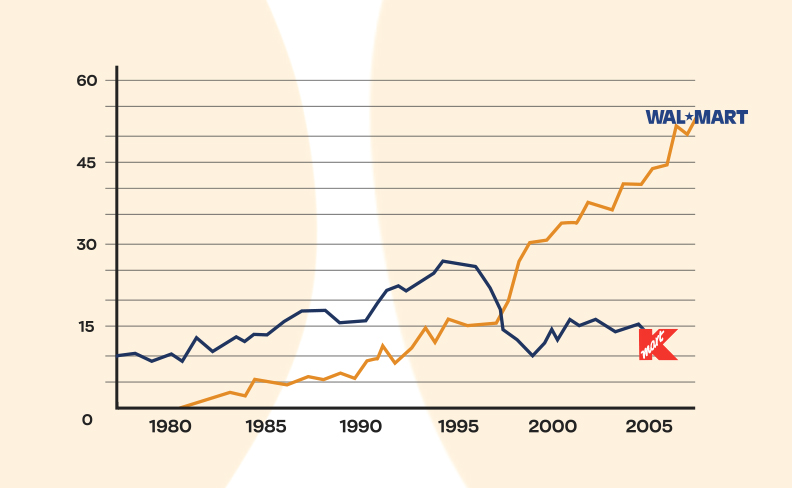
By failing to adapt to new and more efficient inventory management systems, Kmart’s entire business suffered — while Walmart’s business thrived.
How to select the right inventory management system
While the specific type of inventory that your business deals with may vary greatly depending on whether your business is focused on wholesale, retail, or manufacturing, the fundamental principles of how you manage inventory are universal.
If we think of inventory as money, taking control of your inventory and maximizing what you have (while minimizing inventory — aka money — waste) is key. This means finding ways to reliably get an accurate picture of your stock.
In order to create greater visibility of stock levels, an effective inventory management system should leverage factors like:
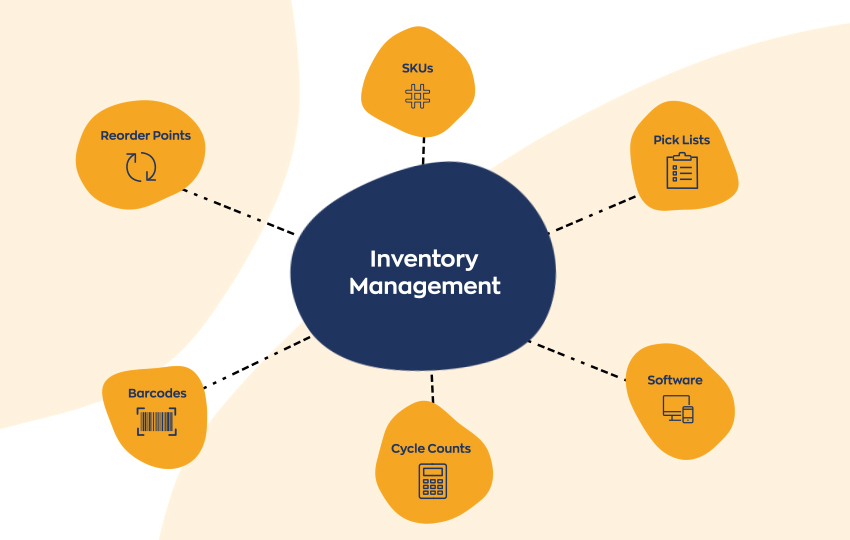
You’ll also want to assess the type of inventory management system you use — as this can impact how well you see your inventory.
What’s the difference between periodic and perpetual inventory systems?
In order to better understand how well your inventory system is serving your business, let’s look at two key approaches to managing your inventory: periodic and perpetual inventory systems.
Periodic inventory system
As a more traditional approach to inventory management, a periodic inventory system depends on counting inventory at the end of a regular accounting period (such as every week, month, quarter, or even every year, depending on the business).
The key advantage of a periodic inventory system is that it’s relatively straightforward. The drawbacks of this approach, however, are that you have less real-time visibility of your inventory (depending on your business’ accounting interval, you may go weeks, months, or more without a complete and accurate inventory count), and reorder point forecasting is challenging.
In terms of visibility of your stock, we can think of a periodic inventory system as a snapshot — it shows you what you have at a certain fixed moment of time.
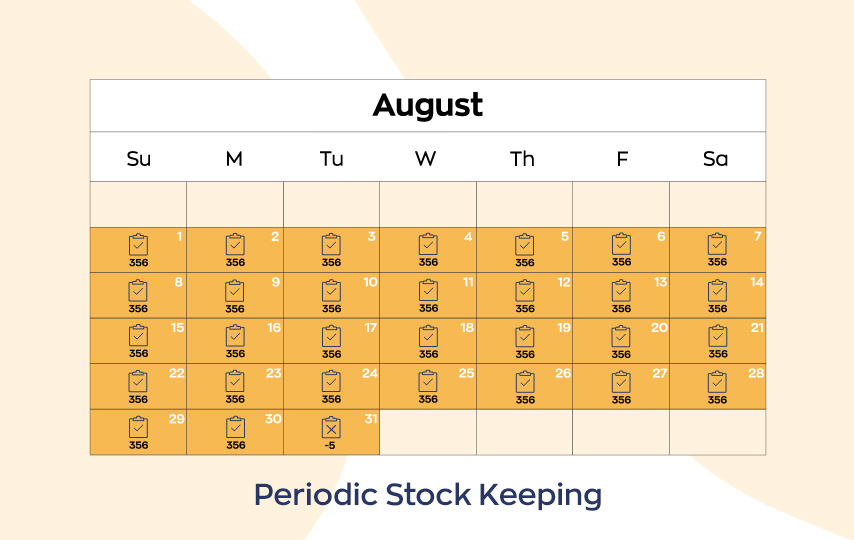
Perpetual inventory system
A perpetual inventory system tracks inventory, as the name suggests, perpetually. With this system, you record each instance of inventory movement (like purchases, sales, or transfers of inventory).
The key advantage of a perpetual inventory system is that a business then always has a clear view of their current inventory, which means you can make real-time inventory adjustments as needed — generating:
- Lower costs
- Easier forecasting and reordering
- Optimized fulfillment
- Better customer service and customer retention (for example, by avoiding stockouts)
- Reduced inventory loss (due to factors like theft and spoilage)
In terms of visibility of your stock, a perpetual inventory system serves more as a live feed — it shows you what you have on hand at any point in time.
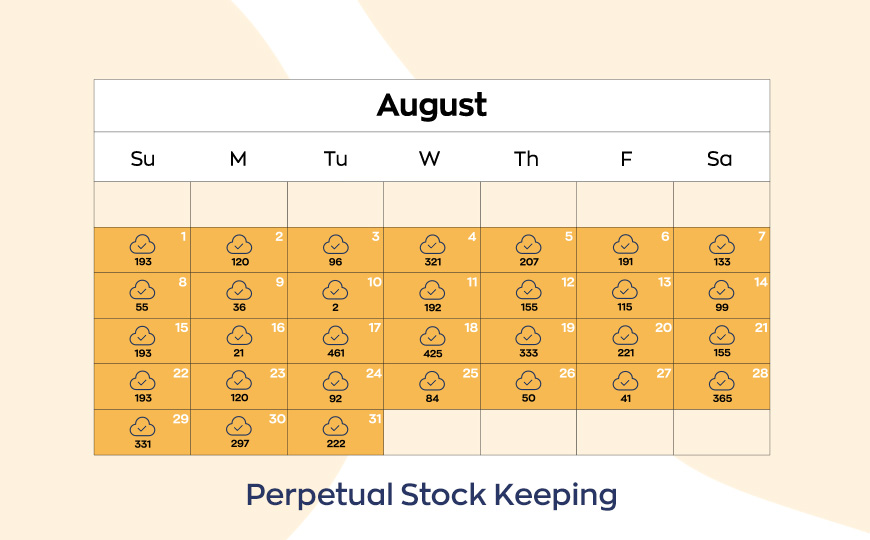
Technology makes things easier
As important as an effective inventory management system may be, the idea of streamlining systems from scratch can be daunting — but it doesn’t have to be. Today’s technology can help.
Cloud-based software that’s specifically designed for managing inventory makes it easier to take control of your business’ inventory. inFlow’s powerful, easy-to-use inventory software, for example, can help you:
- Use a perpetual inventory system. Using inventory software makes it easier to keep track of your current inventory levels at all times with a clear view of your stock.
- Make better business decisions — from anywhere. Because you can view your business’ available inventory from any of your computers or even your mobile device, you gain the ability to make more informed decisions from anywhere.
- Gain better business insights. When you know which SKUs are selling and how much inventory is going out, you can more accurately order the right quantities before you sell out.
- Save time and money. With a clear view of your stock, you can save money, reduce inventory loss, and better serve your customers.
You can use inventory management to grow your business
Is the key to your business’ future success resting on your shelves?
Inventory management may not be the most glamorous task for a business owner, but it’s critical to your business success. By recognizing opportunities to improve your inventory and implementing the right systems, you can save time, money, and lost inventory.
For many businesses, adopting a perpetual inventory system — especially with the help of inventory management software — can be a major difference maker. By being more efficient and accurate with inventory management, you can unlock opportunities for business growth and success.






I really appreciate your insights on inventory management. I have been struggling to find a good way to track my inventory and keep an eye on it, but I think the concepts you’ve presented here will help me get started in the right direction. Thank you for sharing your experience and knowledge with us.
Hi Genelia,
Thank you so much for reading and for the kind words! We’re glad we could help you out. If you’re looking to learn more about inventory management be sure to check out more of our blog.
Cheers,
Jared
You are doing good work
Hey Jeenas,
Thanks for reading and for the kind words.
Cheers,
Jared